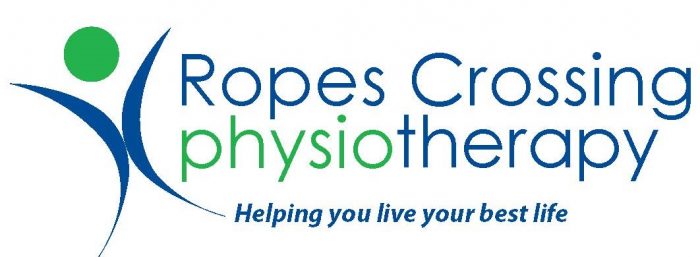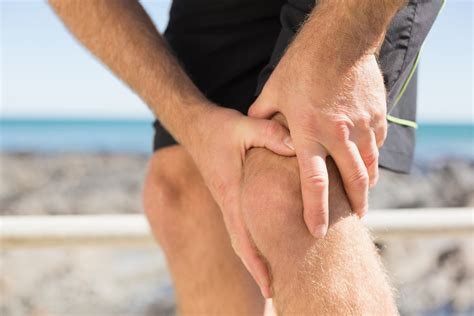What is Patellofemoral pain syndrome (anterior knee pain or runner’s knee)?
Patellofemoral pain is one of the most common sources of knee pain in both athletes and non-athletes, specifically it is knee pain felt at the front of the knee, around or beneath the kneecap. This pain can be caused by activities that increase the load on the joint at the front of your knee between your patella (kneecap) and femur. It is common in people who take part in high impact sports that involve running or jumping (for e.g. tennis, football etc).

What causes Patellofemoral pain syndrome (PFPS)?
PFPS can occur both due to injury (for example: a fall onto the knees) and without injury (for example: starting a new sport/activity, a sudden change in activity such as increasing intensity or frequency of training or even due to long periods of inactivity causing deconditioning of muscles). Overall, abnormal biomechanics due to muscle tightness, imbalance or weakness can cause abnormal kneecap movement, increasing patellofemoral joint loading which can contribute to increased irritation and pain after certain activities.
Common signs and symptoms:
- difficulty walking up and down stairs, squatting, running, jumping, lunging, kneeling and walking up and down hill
- altered or inefficient movement of the kneecap with knee bending/extension
- grinding/clicking at the front of your knee that causes pain
- pain and tenderness over the front of the knee when pressure is applied
- possible mild swelling
- discomfort with sitting for long periods or pain when standing up after sitting for a long period
- muscle weakness in legs or hips

A physiotherapist will be able to provide a thorough assessment/examination to determine the cause of your symptoms and rule out any other possible diagnoses. Physiotherapy may involve the following depending on your individualised assessment and treatment plan:
- Advice and education regarding the condition, pain relief and modalities such as ice/heat, and pacing strategies
- Manual therapy and soft tissue release of tight muscles/tissue around the knee
- Taping of the patellofemoral joint to offload the joint or place it in an optimal position
- Exercises involving stretching, strengthening, balance and stability for both the hip and knee
- Prescription of a structured home exercise program to target any muscle tightness/weakness and help you return to sport or specific activity
- Modification of walking/running/jumping/landing mechanics to correct any overloading of the patellofemoral joint
- Referral to other health professionals such as a podiatrist for an opinion regarding footwear and possible orthotic prescription as required
Research shows that physiotherapy and an individualised/structured exercise program targeting knee and hip strengthening can be very successful in the treatment and management of anterior knee pain to enable a return to normal activity and sport.
If you are experiencing any of the mentioned symptoms or are unable to participate in certain activities or sports due to your knee pain and would like more information about treatment or other services we offer, please call our friendly staff on 9675 5586 and we can help you get a jump start on your rehabilitation by booking an appointment with one of our qualified practitioners.


